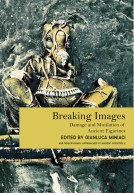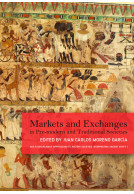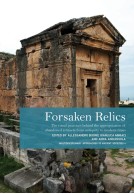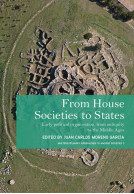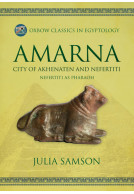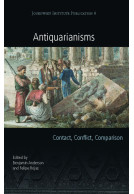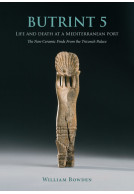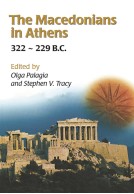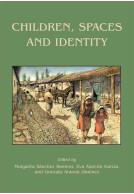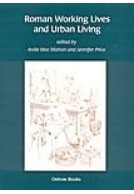Breaking Images (Hardback)
Damage and Mutilation of Ancient Figurines
Imprint: Oxbow Books
Series: Multidisciplinary Approaches to Ancient Societies (MAtAS)
Pages: 328
Illustrations: B/W
ISBN: 9781789259148
Published: 15th December 2022
Casemate UK Academic
(click here for international delivery rates)
Order within the next 4 hours, 22 minutes to get your order processed the next working day!
Need a currency converter? Check XE.com for live rates
Archaeological remains are ‘fragmented by definition’: apart from exceptional cases, the study of the human past takes into account mainly traces, ruins, discards, and debris of past civilisations. It is rare that things have been preserved as they were originally made and conceived in the past. However, not all the ancient fragmentary objects were the ‘leftovers’ from the past. A noticeable portion of them was part and parcel of the ancient materiality already in the form of a fragment or damaged item. In 2000, John Chapman, with his volume Fragmentation in Archaeology, attracted the attention of scholars on the need to reconsider broken artefacts as the result of the deliberate anthropic process of physical fragmentation. The phenomenon of fragmentation can be thus explored with more outcomes for a category of objects that played an important role inside the society: the figurines. Due to their portability and size, figurines are particularly entangled and engaged in social, spatial, temporal, and material relations, and – more than other artefacts – can easily accommodate acts of embodiment and dismemberment. The act of creation symmetrically also involves the act of destruction, which in turn is another act of creation, since from the fragmentation comes a new entity with a different ontology. Breaking contains the paradigms of life: creation and reparation, destruction and regeneration.
The scope of this volume is to search for traces of any voluntary and intentional fragmentation of ancient artefacts, creating, improving, and sharpening the methods and principles for a scientific investigation that goes beyond single author impression or sensitivity. The comparative lens adopted in this volume can allow the reader to explore different fields taken from ancient societies of how we can address, assess, detect, and even discuss the action of breaking and mutilation of ancient figurines.
There are no reviews for this book. Register or Login now and you can be the first to post a review!
About Gianluca Miniaci
Gianluca Miniaci is Associate Professor in Egyptology at the University of Pisa, Honorary Researcher at the Institute of Archaeology, UCL, London and Chercheur associé at the École Pratique des Hautes Études, Paris. He is currently co-director of the archaeological mission at Zawyet Sultan (Menya, Egypt) and principal investigator for the project PROCESS (fingerprints on clay figurines). He is author of several volumes, including Rishi Coffins (2011), The Middle Kingdom Ramesseum Papyri Tomb (2021) and The Treasure of the Egyptian Queen Ahhotep (2022) and more than 100 scientific articles.







